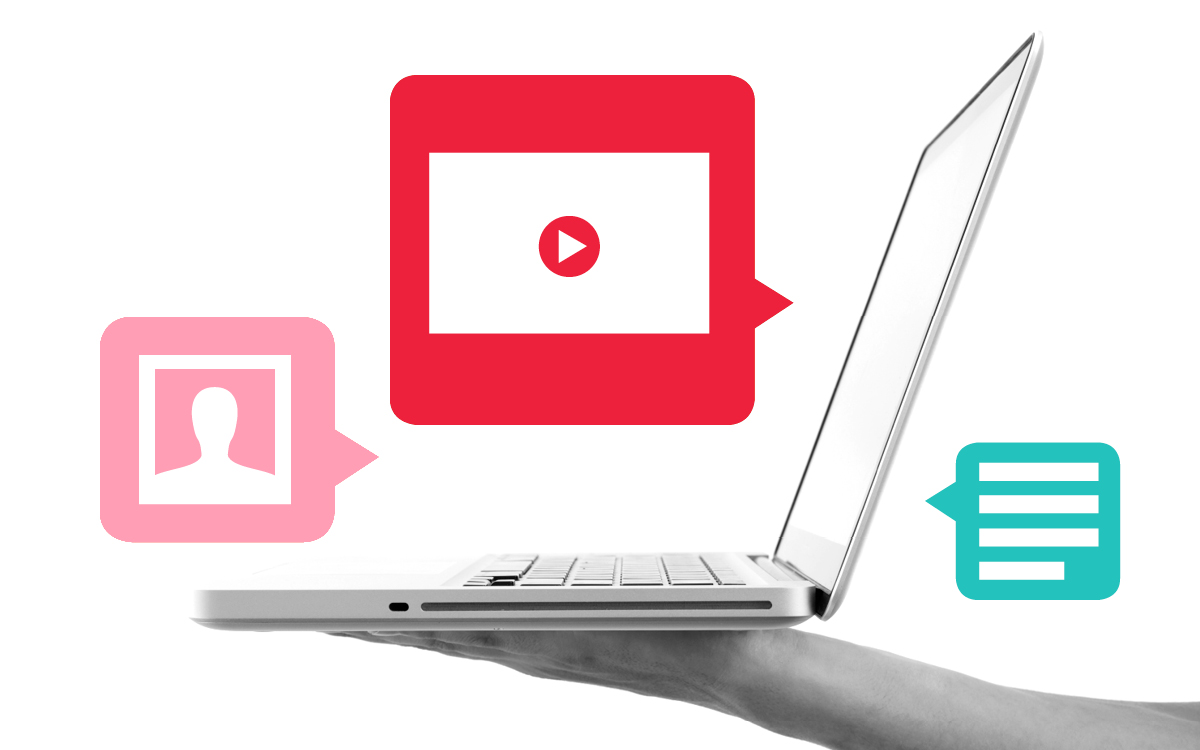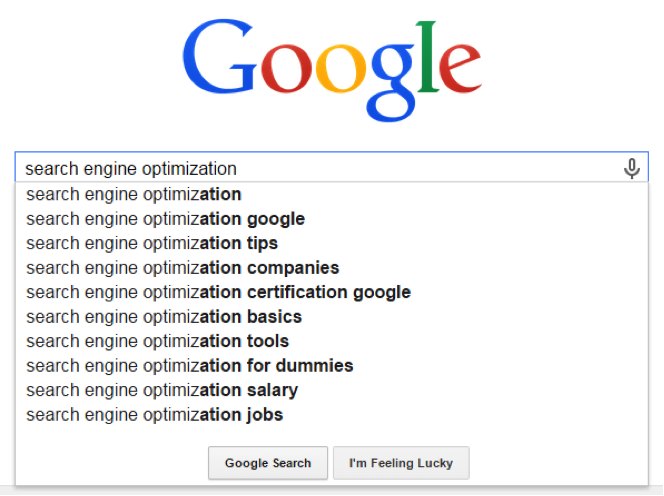This post is part of our Digital Marketing 101 series. Sign up to get the full series!
In the first three parts of this DGM 101 series, we established that your marketing must start with your brand, and your brand is “everything you do.” Then you set up your web property and marketing plans so that you can measure everything and keep a close eye on your KPIs while you determine your budgetary needs by doing the math to get through the marketing funnel.
When you start your marketing strategy execution, the first place to start is by executing on the part of the marketing plan that requires no ad spend: owned content. To be clear from the start, we first need to have a firm understanding of what exactly is included in “owned content:”
- Web copy – the words you use on your website(s) should match up and complement the words you use to describe your brand, so your audience consumes a consistent message regardless of the medium or device on which they receive your content.
- All images – the images you curate or create for use on your website, in any social share, and in marketing emails should reflect your brand, your message, and your audience.
- Blogging – the most dynamic content on your website is your blog, which tells your audience the story of your brand day by day as it unfolds. This content is where prospects and customers alike will go to learn from you, learn to trust you, and ultimately learn what your brand is all about. This content is your most influential content. Use it to set your brand apart as an authority in your market space.
- Social sharing – sharing on Facebook, Twitter, Instagram, LinkedIn, or any other social channel is more than just sharing. Every word you write and every image you share is content, and each should reflect your brand, and offer value to your audience.
- Email marketing:
- Email newsletter – a regular, consistent email newsletter to an opt-in audience has the power to drive your business. This audience has given you permission to contact them regularly for the purpose of teaching them, influencing them, and telling them what you have to offer. Every word and image in each of these emails is critical.
- Transactional email – anytime someone places an order or signs up for something (like an email newsletter) from your website, they should receive an automated email. This transactional email is a powerful opportunity for you to connect with that customer or lead in an email that they will expect as confirmation of their transaction.
- Behavioral email – When someone performs – or does not perform – a certain action on your website, tools like Pardot and customer.io give you the ability to reach out to that prospect and connect again to reward their action or, if they left a shopping cart abandoned, spur them to action with an offer.
- Individual email – Many businesses, small and large, omit individual employees’ email from their branding and marketing. How many emails do you send every day to customers and prospects? You should insert your brand and a call to action in your email signature. That, too, is owned content.
Everything you produce and publish to your digital audience is considered “owned content” because, by definition, you created it, publish it, and own it. Owned content can be just as valuable as paid ads. One simple and powerful example is Arby’s tweet to Pharrell during the 2014 Academy Awards program, which continues to add to its 78,000 retweets to this day.

That Oscars moment is one in a trillion, so the more reliable plan will be to create and maintain an owned content calendar for every week, month, and year in your marketing plan, and abide by that plan. It takes lots of time, hard work, and collaboration to create such a calendar, but ultimately, creating and publishing your own content is the most efficient way to market to your target audience without spending any hard cash.
Finally, all the owned content you create, especially on your website and now on Twitter, has one very powerful benefit: SEO. Search engine optimization is what gets your site to the top of the Google results page when a prospective customer or user searches using keywords that you use every day in your owned content, because those are the words that describe your brand and the value you offer to your customers. Google loves fresh, consistently and regularly updated content on your website, blog, and now in your Twitter feed.
In your owned content, all of your words and your images matter, so plan them and execute them carefully, frequently, and consistently.

